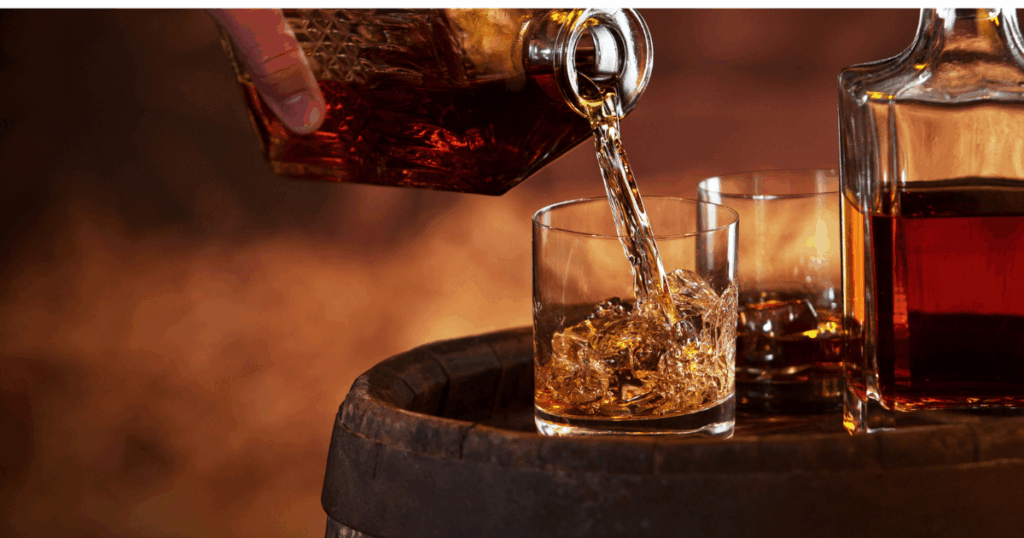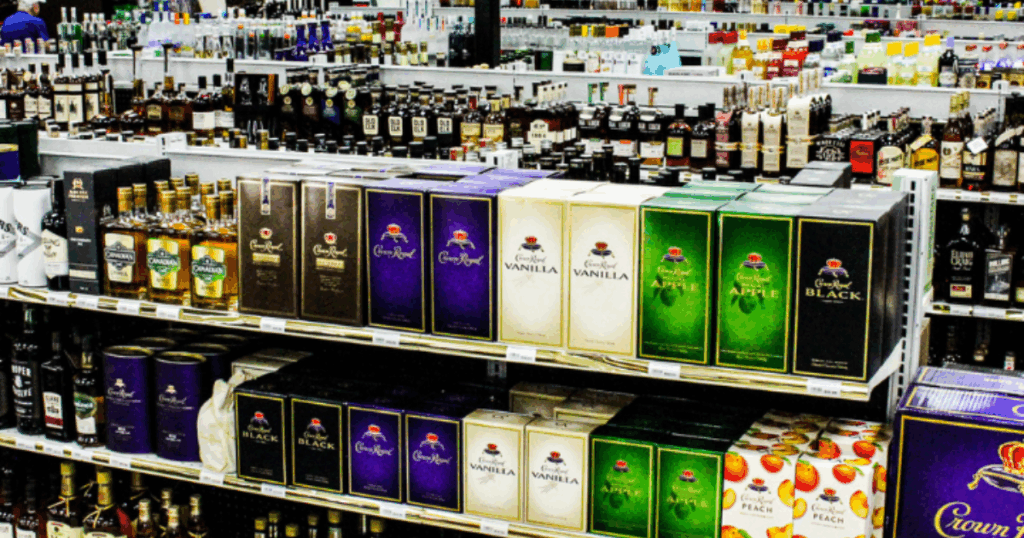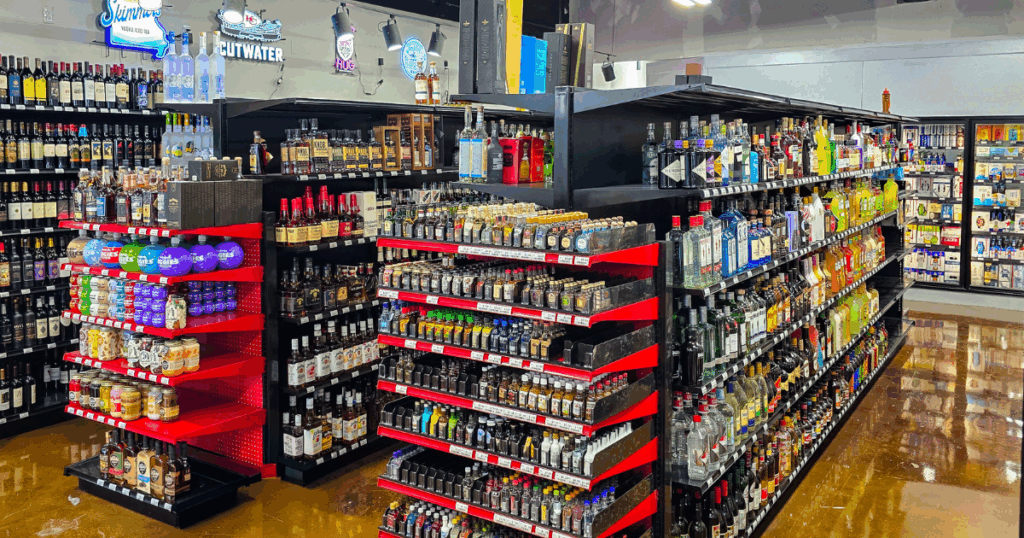Aging is a transformative process that turns raw, unrefined spirits into complex and flavorful beverages. From whiskey and rum to brandy, the maturation process plays a pivotal role in shaping a spirit’s character, aroma, and taste. Whether you’re a seasoned connoisseur or a curious novice, understanding how aging works can deepen your appreciation for these carefully crafted drinks. Let’s explore the science and artistry behind the aging process and how it influences some of our favorite spirits.
The Basics of Aging Spirits
Aging, often referred to as maturation, involves storing distilled spirits in barrels or casks for a specified period. During this time, the liquid undergoes chemical and physical changes that enhance its flavor and quality. The key elements that influence aging include:
- The Barrel: The type of wood, level of char, and previous use of the barrel significantly impact the spirit’s flavor.
- Time: Longer aging periods generally result in more complex flavors, but over-aging can lead to diminished quality.
- Environment: Temperature, humidity, and air circulation all contribute to the aging process.
The Role of the Barrel
Barrels are more than just storage vessels; they are active participants in the aging process. Most spirits are aged in oak barrels, prized for their ability to impart desirable flavors and aromas. Here’s how the barrel works its magic:
- Extraction:
- The spirit extracts compounds from the wood, such as lignin (vanilla flavors), hemicellulose (toasty notes), and tannins (structure and mouthfeel).
- Oxidation:
- Oxygen interacts with the spirit through the porous wood, softening harsh elements and adding complexity.
- Evaporation:
- A small percentage of the spirit, known as the “angel’s share,” evaporates each year. This concentration process enhances the remaining liquid’s intensity.
- Interaction:
- The spirit interacts with both the wood and its environment, developing unique characteristics based on the barrel’s history and the aging conditions.
How Aging Affects Different Spirits
Each type of spirit undergoes a unique transformation during aging, influenced by its base ingredients and production methods.
- Whiskey:
- Whiskey is perhaps the most celebrated aged spirit, with aging requirements varying by type (e.g., bourbon, Scotch, rye).
- Key Changes:
- Gains rich flavors like caramel, vanilla, and oak.
- Develops deeper color, from golden amber to deep brown.
- Harsh alcohol notes mellow, giving way to a smoother, more balanced profile.
- Notable Practices:
- Bourbon is aged in new charred oak barrels, while Scotch often uses barrels previously holding sherry or wine.
- Rum:
- Rum aging practices vary widely, from unaged white rums to richly aged dark rums.
- Key Changes:
- Light, fruity notes evolve into robust flavors of molasses, dried fruit, and spices.
- Tropical climates accelerate aging, often requiring shorter maturation periods compared to whiskey.
- Notable Practices:
- Aging in ex-bourbon barrels is common, adding layers of vanilla and oak.
- Brandy:
- Brandy, distilled from wine or fermented fruit, benefits greatly from aging.
- Key Changes:
- Fresh fruit flavors mature into notes of dried fruit, nuts, and floral undertones.
- Acquires a smooth, velvety texture with enhanced aromatics.
- Notable Practices:
- Cognac, a type of brandy, must be aged in French oak barrels for a minimum of two years.
Factors Influencing the Aging Process
Aging is far from a one-size-fits-all process. Several factors contribute to the unique characteristics of aged spirits:
- Type of Wood:
- Oak is the most common choice, but variations like American oak and European oak offer different flavor profiles.
- Barrel Size:
- Smaller barrels increase the surface area-to-liquid ratio, accelerating the aging process.
- Previous Barrel Use:
- Barrels that previously held wine, sherry, or port can impart additional flavors and complexity.
- Climate:
- Warmer climates, like those in the Caribbean, speed up the aging process, while cooler climates, like Scotland’s, result in slower maturation.
Tasting Aged Spirits
The art of tasting aged spirits is about savoring the nuances developed through years of maturation. Follow these steps to fully appreciate an aged spirit:
- Observe:
- Hold the glass to the light and note the color. Darker hues often indicate longer aging.
- Smell:
- Swirl the glass gently and take a moment to inhale the aroma. Look for notes like vanilla, spice, oak, or fruit.
- Sip:
- Take a small sip and let it coat your palate. Notice the balance of sweetness, acidity, and bitterness.
- Finish:
- Pay attention to the aftertaste. A long, lingering finish is often a hallmark of a well-aged spirit.
Misconceptions About Aging
While aging is essential for many spirits, it’s not a universal indicator of quality. Here are some common misconceptions:
- Older Is Always Better:
- Longer aging doesn’t always equate to better flavor. Over-aged spirits can become overly woody or lose their balance.
- Clear Spirits Aren’t Aged:
- Some clear spirits, like blanco tequila, are unaged by design, preserving their fresh, vibrant characteristics.
- Barrel Aging Is the Only Method:
- While barrels are the standard, some experimental methods, like accelerated aging techniques, are gaining attention.
The Future of Aged Spirits
As consumer interest in premium aged spirits grows, distilleries are exploring innovative techniques to enhance their offerings:
- Sustainable Practices:
- Reusing barrels and adopting eco-friendly aging methods are becoming priorities.
- Experimentation:
- Distillers are experimenting with different woods, barrel finishes, and aging environments to create unique flavor profiles.
- Technology:
- Advances in aging technology, such as ultrasonic waves or temperature-controlled environments, are pushing the boundaries of tradition.
The art of aging spirits is a delicate balance of time, craftsmanship, and nature. Whether you’re savoring a peaty Scotch, a rich dark rum, or a velvety Cognac, the nuances in your glass are the result of years, and sometimes decades, of meticulous care. By understanding the maturation process, you can better appreciate the complexities and stories behind these remarkable beverages. So, pour yourself a dram, toast to tradition, and enjoy the fruits of time and craftsmanship.






